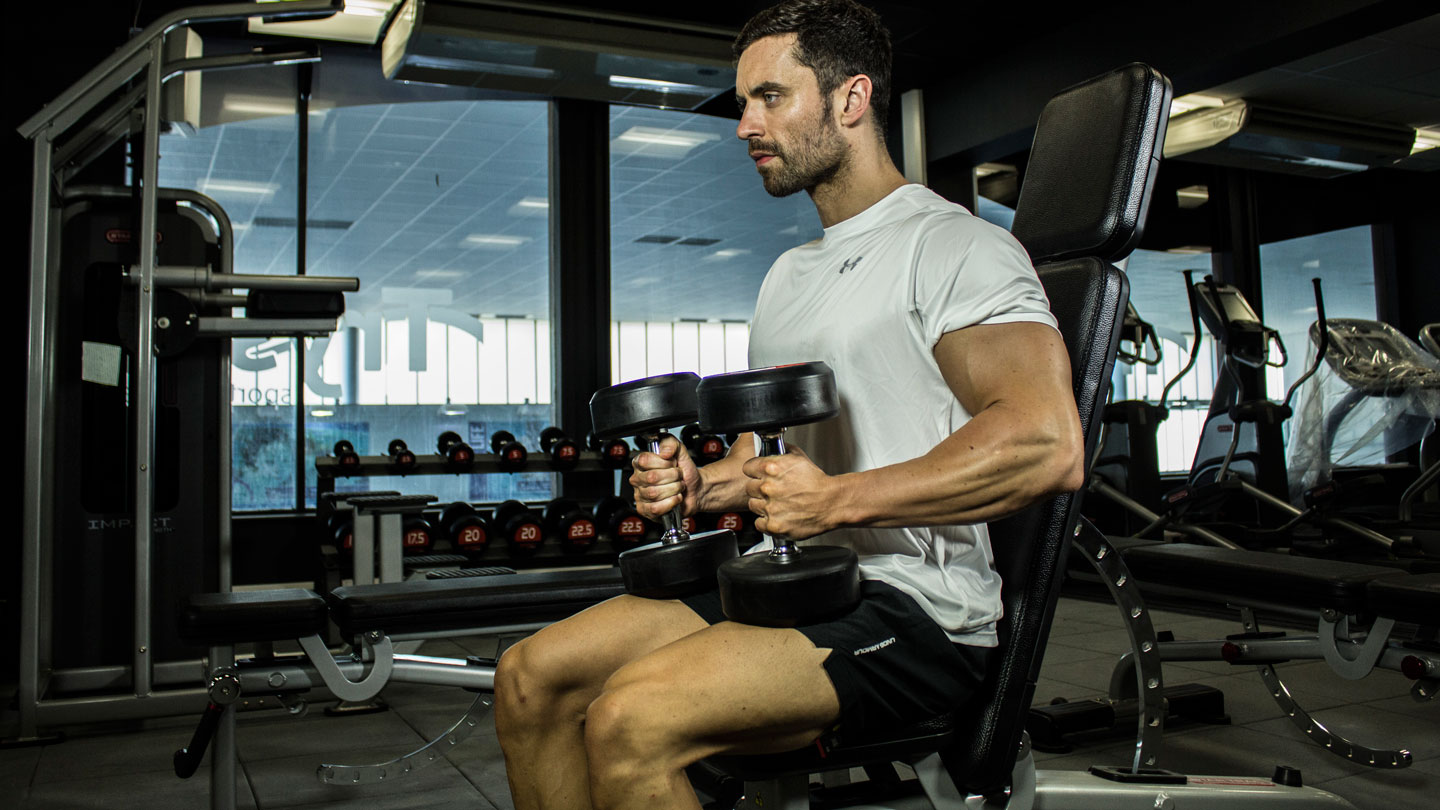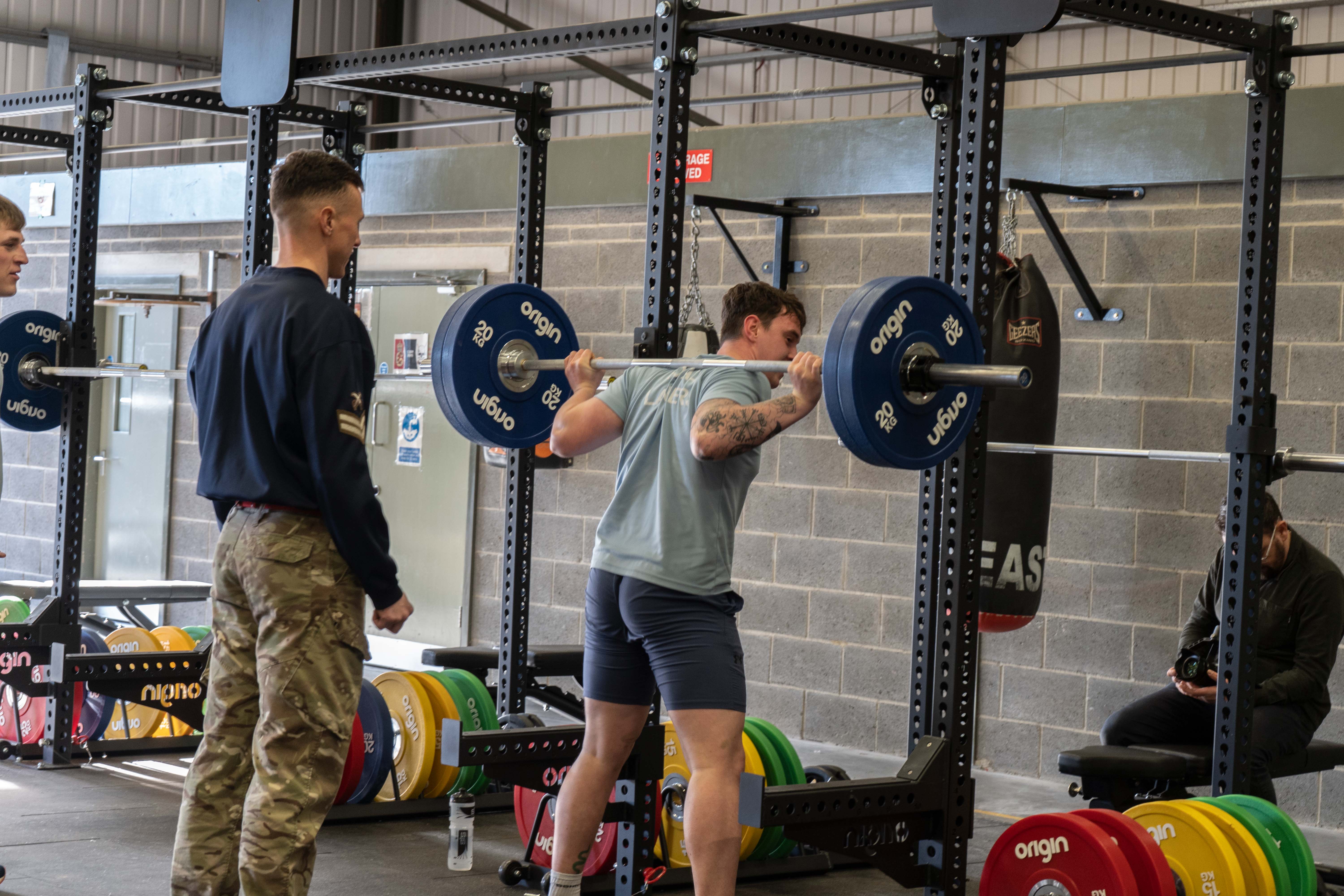Product added to cart


Want to know how professional rugby players utilise weight training to enhance their speed and power? Marc Keys, a strength and conditioning coach for Edinburgh Rugby, tells us how!
In professional sport, most people have the opinion that athletes just get paid to sit around and train all day. However, there are many other factors to consider. This is especially the case in team sport - team organisation, strategy, coaching feedback, individual skills, unit skills, understanding plays, media interaction, marketing and supporter interaction, all need to be considered.
Now you're probably thinking "what has this got to do with developing power and speed in a professional athlete?" As I will now explain it has everything to do with your solution.
When dealing with a rugby team you tend to have four broad categories of player:
How you deal with each category of player has to be completely different. Each player has different training focuses. Therefore, when it comes to contact time with the player, you also need to establish:
Here's the average contact time we get with each category of player:
Now you should have a basic understanding of the time constraints and practical problems facing these athletes. Let’s start to discuss what we are trying to train.
Speed/power are the sexy sisters of the strength and conditioning programme. Every rugby player who doesn't spend the game with their head stuck in rucks, mauls and scrums wants to be quick enough to beat players. Additionally, they need to be agile enough to step round players and powerful enough to run through players.
Power is also the most important physical attribute for rugby players. A study of New Zealand rugby players showed that the single biggest determining factor separating professionals and semi-professionals was power.
To best develop speed and power qualities we need to train a multitude of different physical qualities. Therefore, this requires using different training methods. Without getting bogged down in the theory behind training for speed and power I would like to introduce you to a graph. It shows you pretty much everything you need to know about strength, power and speed training.
The force velocity curve shows us that if we want to move something heavy or produce a lot of force, then we must move slowly. This is a necessity to allow us time to generate the forces required. Think of pulling a heavy sled or deadlifting a 1 rep max.
It also shows us that to move something quickly, or to move quickly, we can’t produce a lot of force because we don’t have enough time to generate it. Think of how little time you spend on the ground each time your foot hits the floor when sprinting.
Here comes the rub. To become faster or more powerful, we have to produce more force in that limited time window. Thus, to produce more force in a limited time frame we can look to develop the following attributes:
Now if we are to take away this thought and apply it to the same graph what do we come up with?
What we have is a conceptually solid session to develop speed and power in a sprinting athlete. A few observations:
Lets put this into context. I have put together four different speed-power programmes for our four groups. You can see how contact time will massively influence what you do. The less time you have the more simple your routine needs to be in order to be effective. This will mean you need to eject some things from your training. Although you might like to do certain exercises, you have 15 athletes and 60 minutes to have an impact on physical performance.
Here are four three week training cycles for our four categories of player. This might show how your contact time will reflect what you do with the players:
1 - Regular starter
2 - Bench Player
3 - Non 23 Player
4 - Injured player
What you should be able to tell from the programmes is that the greater amount of contact time allows you to include:
However, you should always keep in mind the player's primary goal. This will either be performing to the highest quality, or doing whatever they can to get themselves in the match day squad if they aren't already.
For more Strength and Conditioning based advice, visit Cast Iron Strength.
First Published: 15th January 2016. Updated On: 25th March 2024.